The indoor climate in sports facilities places special requirements on the ventilation solution. It changes significantly over the week and year, depending on what activities are going on inside the facility. Moisture and odours from athletes and spectators affect the air. Therefore, it is important that the ventilation solution is designed to handle these changes in humidity, temperature, etc. without creating discomfort for the people using the facility.
Sports facilities cover a number of different application types, each of which requires its own unique solution. It makes is a huge difference whether the solution is designed for a larger ice rink or a smaller fitness centre; a swimming pool or a changing room. Using CFD (Computational Fluid Dynamics), engineers can optimise the airflow relative to the room, thus ensuring the ideal air distribution.
Each application requires a thorough assessment of the important parameters. These can be room dimensions, the primary purpose of the air, the risk of corrosion, special temperature requirements, elements affecting the induction patterns and so on. Thus, sports facilities also place great demands on the flexibility of the solution.
Common to these applications is the need for a flexible solution, high comfort in the occupied zone and the elimination condensation risks incl. resulting corrosion, regardless if the dispersed air is cold, hot or isothermal.
The best suited dispersion technology for sports facilities is therefore fabric ducting. It is the solution that offers the greatest design flexibility while eliminating the risk of condensation and corrosion. Textile channel systems are designed for the specific application. This means that flow models and dispersion patterns can be completely adapted to the individual needs.
The design flexibility covers all elements, such as the duct profile, type of fabric and its permeability, flow models and flow patterns, as well as the suspension method. The system is tailor-made and arrives ready for installation, in typically less than two weeks from the order is released for production.
In low ceiling applications, e.g. fitness room and changing rooms, surface technology and/or directional short throws will typically be the preferred flow models. The permeability of the fabric and perforated flow models ensure a high air change with a low air velocity. Uncomfortable drafts are thus avoided without compromising the indoor climate and air quality. Permeable surfaces also prevent the formation of condensation on the ventilation ducts, and with the proper pre-filter, microperforations can make the ducts virtually maintenance-free because dust and other particles do not settle in or on the ducts.
Multi-arenas are a good example of larger sports facilities with high ceilings. Here the typical solution will be designed with a combination of surface technologies and directional throws. This results in condensation-free ducts and optimum induction. Depending on the need for precision, the system is designed with perforations or nozzles, and the throw length is adapted to the room dimensions, so that unpleasant drafts are avoided.
Textile channels can be included as an almost invisible part of the design, such as in Arena Aabenraa in Southern Denmark where black ducts integrate with the ceiling structure. As a result, the ventilation system is not a visually disturbing element when the multi-arena is used for larger sports events or concerts.
The new Sports City in Espergærde, Denmark is also made with textile ducts in both multi-arena and squash courts and we also delivered air dispersion solution for the 2018 Mediterranean Games in Tarragona, Spain. Textile ducts are well suited for ball games, as they are not damaged if hit by a striking ball, which is actually also a core argument for industrial production facilities where trucks occasionally hit the systems. The duct's flexibility is a distinctive feature of textile-based air dispersion technology and a point where the technology differs markedly from metal and plastic alternatives.
Ice rinks is an application type that places unique demands on the ventilation system and it is an area in which FabricAir has great experience. We have delivered solutions for ice rinks across Europe and North America. The air above the ice should be 3°C to avoid fog over the ice, while the temperature of the spectator seats should be at least 12°C for visitors' comfort.
The textile channels are also distinguished by weighing far less than conventional metal solutions. Therefore, they are suitable for retrofitting in existing buildings. They weigh as little as 300g / m2 despite the fact that they provide a much better air distribution than the other technologies on the market. They can therefore easily be retrofitted in older sports facilities.
Since the very beginning in 1973, even air distribution, no drafts and no condensation have been at the heart of FabricAir's innovative technology. This is why technology quickly spread across application types and national borders. More than 40% of all countries in the world today use this fabric-based air dispersion technology because comfort, design freedom and other important features, such as condensation-free, are essential parameters in choosing the ideal ventilation solution for sports facilities.
Construction News
25/01/2019
An Ideal Ventilation Solution For Sports Facilities
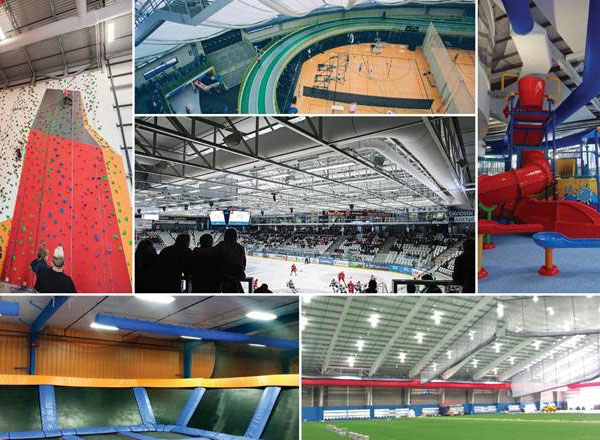
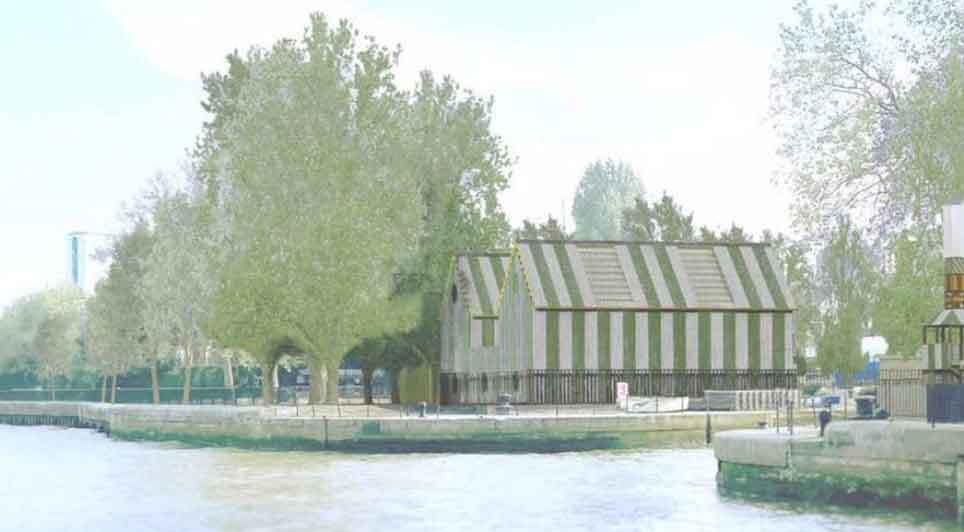
16/05/2025
South Dock Marina in Southwark is set for a major £8 million overhaul aimed at improving health and safety across the site, following the recent approval of a redevelopment plan.
Led by Southwark Council, the upgrade programme has been granted planning permission, pending further consultation with

16/05/2025
The South Rail Systems Alliance (SRSA) has completed a major programme of infrastructure upgrades on the West Anglia main line.
Appointed in September 2023, the SRSA, comprising Colas Rail UK, Network Rail, and AECOM, delivered a package of works between Shepreth and Cambridge. This multidisciplina

16/05/2025
London Gatwick has announced a major partnership with renewable energy provider Vital Energi to deliver a £250 million decarbonisation programme, aimed at achieving net zero for the airport’s own emissions by 2030.
Under a five-year contract, Vital Energi will help the airport transition away from

16/05/2025
Dale Turner, Director of Procurement and Supply Chain at Skanska UK, has been appointed Chair of the Supply Chain Sustainability School.
Turner succeeds Shaun McCarthy OBE, who co-founded the School in 2012 and has led it since its inception. McCarthy will now transition into a roaming ambassador r
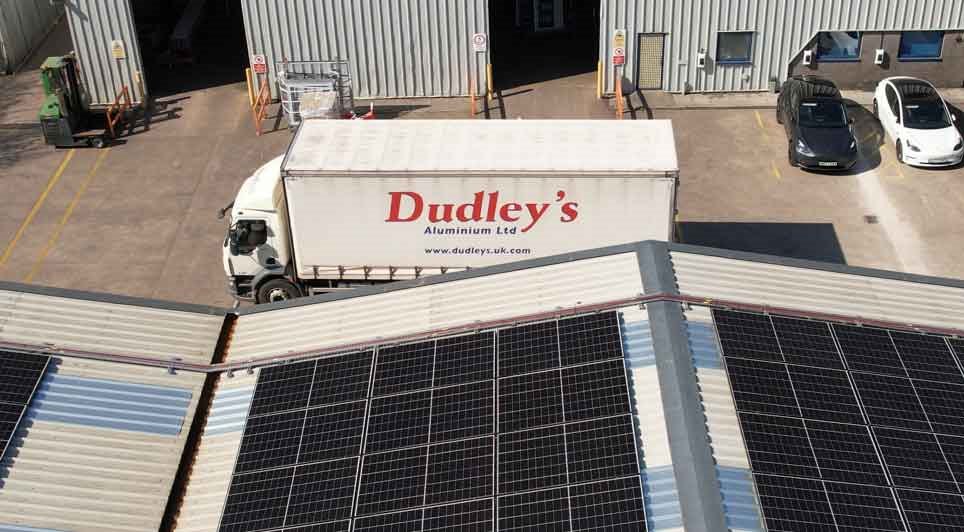
16/05/2025
Dudley's Aluminium has taken a major step in its journey to net zero by installing a large-scale solar energy system at its production facility in Cardiff.
The company partnered with Inspire Green, a renewable energy specialist operating across south Wales and south-west England, to fit 192 high-ef
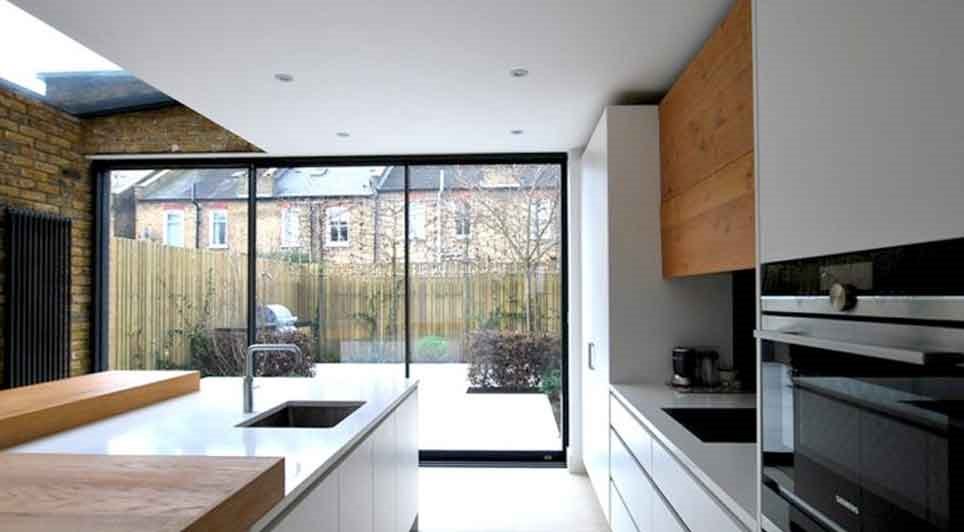
16/05/2025
If you're searching for architects in Tunbridge Wells, you're likely planning something exciting — from a home extension or renovation to a brand-new build.
At Alex Bryla Architecture, we specialise in bespoke architectural design, offering a fresh and creative approach tailored to the uniq

15/05/2025
A major expansion of the Port of Tilbury has been set in motion as owners Forth Ports has submitted an outline planning application to Thurrock Council for the development of a new port facility, Tilbury3 (T3).
The proposed project will redevelop a 100-acre brownfield site—equivalent to 70 football

15/05/2025
Morgan Sindall Construction has commenced work on a capital works programme at the University of Leeds campus.
It was announced earlier this year that Morgan Sindall has been appointed to the programme, which will entail refurbishment of existing university spaces and entrances as well as reroofing
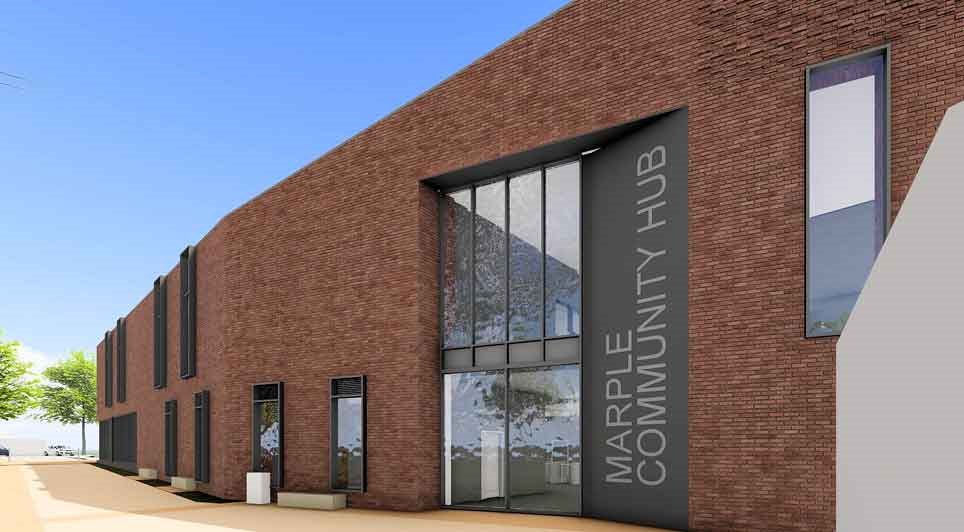
15/05/2025
Construction has officially begun on the long-awaited Marple Community Hub, a £20 million development that will bring a state-of-the-art leisure, health and library complex to the heart of Stockport.
Local leaders, partners, and the main contractor Willmott Dixon gathered in Marple Memorial Park fo

15/05/2025
Great Places Housing Group recently welcomed senior leaders from Manchester City Council to tour the final phase of its flagship £19.4 million Wiremill Court development in New Islington.
Council Leader Cllr Bev Craig and Cllr Gavin White, Executive Member for Housing and Development, visited the s
 UK
UK Ireland
Ireland Scotland
Scotland London
London











